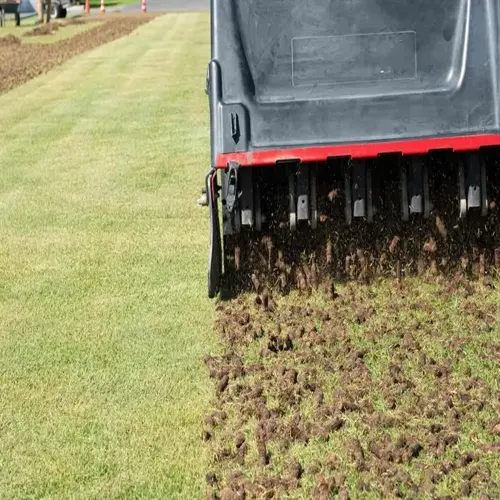Can kitchen waste be used as tree mulch?

Written by
Benjamin Miller
Reviewed by
Prof. Samuel Fitzgerald, Ph.D.When handled properly, kitchen waste can be a valuable resource for mulching fruit trees. Composted vegetable waste provides slow-release nutrients, while coffee grounds increase the soil's acidity. Some materials require special handling to avoid trouble. Avoid all meat, dairy products, or oily residues that attract pests. Your trees will benefit from these sustainable recycling methods.
Composting Essentials
- Maintain 2:1 brown-to-green waste ratio
- Achieve temperatures over 140°F (60°C)
- Turn pile weekly for aeration
Material Restrictions
- Never use raw meat or dairy products
- Avoid oily residues and cooked foods
- Exclude diseased plant materials
Orchard Application
- Apply thin 1-inch layers under main mulch
- Keep 12 inches from tree trunks
- Incorporate lightly into topsoil
It is imperative to compost properly prior to application. Waste food requires months of microbial action. A proper balance of carbon and nitrogen will produce the best breakdown of all materials. Be sure to turn piles avidly for even distribution of heat. Compost that is completely decomposed contains no pathogens or weed seeds. It provides a safe and nutritious medium for your orchard.
Be alert for material limitations. Rhubarb leaves contain oxalic acid, which requires long-term composting to break down. Citrus peel often contains pesticide residue from commercial farming as well. Coffee grounds will compact soil if used too heavily. These need special preparations before entering orchard service.
Apply thin layers under the main mulch. Spread the silica treatment evenly over the ground. Cover immediately with sawdust or straw. This prevents access to vermin while permitting a slow and gradual freeing of the nutrients. Your trees can thus suck the elements without drawing them from the soil and attracting vermin or insects.
Monitor tree reactions closely after application. Indicators of health are bright leaf colors and new shoot growth. Observe for pest activity in the vicinity of application sites. Reduce quantities if mold appears. Our observations inform safe practices.
Create seasonal schedules for applying waste incorporation. Spring applications will complement new growth cycles. If you wish to avoid autumn applications because they may attract rodents preparing for winter, coordinate the timing of applications with the accumulation of kitchen scraps. This will allow you to consistently benefit from applications without the risks of attracting rodents.
Read the full article: Mulching Fruit Trees: Ultimate Guide

